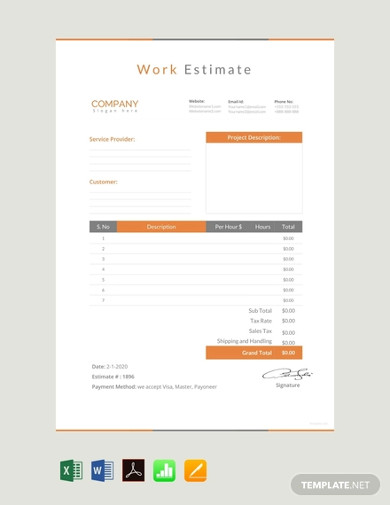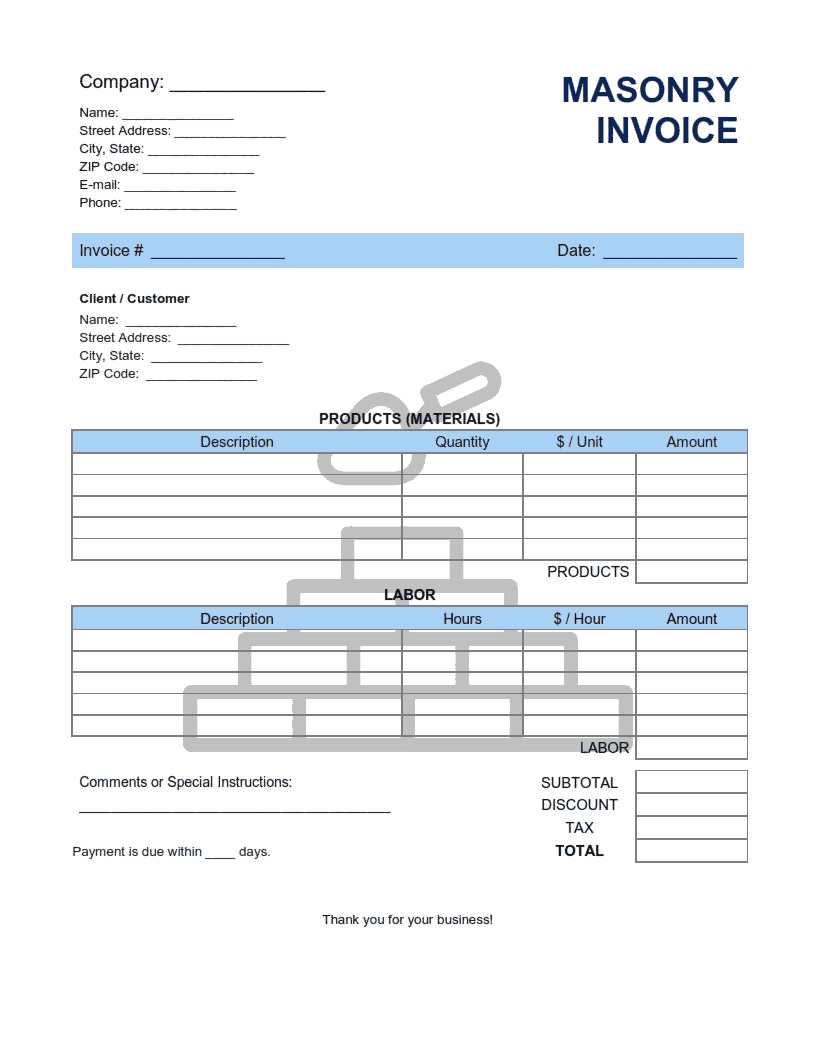

For many people, this is simply a place to say thank you, but what you put here will be up to you. As a Rounded user, you can set up all of this information once and have it appear automatically each time you create an invoice.įinally, leave space on your invoice for any additional notes you might want to give to your client. You can list your banking details for direct deposit, your information for services like PayPal or Stripe, and if you have them set up, links to online payment platforms via bank card. Toward the bottom of the invoice, include the best methods for your client to submit payments. If you are giving a client a discount of any kind, list it here as well and subtract it from the subtotal. At the bottom of this section, include the subtotal price for all items on the invoice.

Be sure to list out the currency you are charging (such as AUD or GBP). Next to each item on your invoice, you will need to list the price you are charging per item. For example, you may include something like, “Restaurant Photography Shoot - Day Rate” as well as “Photography Editing - 4 Hours.” If it’s project-based work, write out each task you are charging for clearly. If it’s something you do on a recurring basis, you can write something like “Blog Writing Retainer, January 2020”. In the body of your invoice, describe the work you undertook for your client in detail. For immediate payment, you can simply put “Upon receipt.” You can also stipulate a specific date, or write something like, “Within 7 days of receipt.” For Rounded users, you’ll be able to automatically send a polite reminder after a certain number of days if a payment is late. The due date dictates when you expect your client to submit payment. You will also want to include the date you issue your invoice. Do not repeat numbers, even if you cancel and reissue an invoice. Typically, your first invoice will be numbered as #00001, your second #00002, and so on.

Finally, include your email address so your client can contact you with any questions.Įvery invoice you create needs to have a unique number. For many freelancers, their business address is their home address. Your business details include your own name and your business name (if you are registered as a business rather than a sole trader), as well as your business address. This is a vital part of your invoice and should always be included. This helps your clients remember who you are and makes your invoice feel more personalised. While this is not a mandatory requirement, putting your logo on your invoices is a smart move. A Simple Invoice Template Information for all invoices


 0 kommentar(er)
0 kommentar(er)
